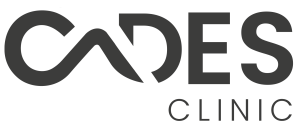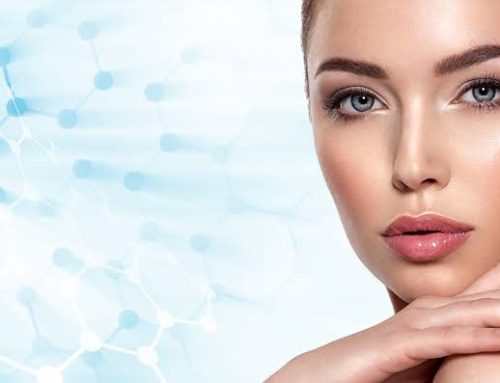Introduction
Facial aesthetics have always been a focal point of beauty and self-expression. For those looking to achieve a more chiseled, defined appearance, buccal fat removal (Bichectomy) has emerged as an effective solution. This minimally invasive cosmetic procedure is designed to slim the cheeks, creating a more sculpted and youthful facial contour. In this article, we’ll explore what buccal fat removal is, how it works, who makes a suitable candidate, what to expect during recovery, and the potential benefits of this innovative procedure.
What is Buccal Fat Removal?
Buccal fat removal (Bichectomy) often referred to as cheek reduction or buccal lipectomy, is a surgical procedure that targets the buccal fat pads, which are located in the lower cheeks. These fat pads contribute to the roundness of the face, and removing them can create a more defined and contoured appearance. The procedure is typically performed under local anesthesia and takes about 30 minutes to an hour.
What is the procedure for Buccal Fat Removal?
- Consultation: The process begins with a consultation with a board-certified plastic surgeon. During this meeting, the surgeon will assess your facial structure and discuss your goals. It’s essential to have realistic expectations and a clear understanding of the potential results.
- Anesthesia: On the day of the procedure, the surgeon administers local anesthesia to numb the area, ensuring a painless experience.
- Incisions: Small incisions are made on the inside of the cheeks, near the upper molars. This minimally invasive approach eliminates visible scarring.
- Fat Removal: The surgeon then carefully removes the excess buccal fat pads through these incisions, sculpting the cheeks to create a more refined contour.
- Closure: Once the desired amount of fat has been removed, the incisions are sutured closed.
Who is a good candidate for Buccal Fat Removal?
Buccal fat removal (Bichectomy) is an ideal option for individuals who:
- Have well-defined facial bone structure but are bothered by chubby cheeks.
- Are non-smokers and generally in good health.
- Have realistic expectations about the results and understand the limitations of the procedure.

How long are you swollen after Buccal Fat Removal?
After buccal fat removal (Bichectomy), it’s crucial to follow post-operative care instructions provided by your surgeon. Here’s what to expect during the recovery process:
- Swelling: Swelling is common and can last for several weeks. It’s often most noticeable in the first few days post-surgery but gradually subsides.
- Pain and Discomfort: You may experience some discomfort and mild pain, which can be managed with prescribed or over-the-counter pain medications.
- Diet: A soft diet is recommended for the initial days after surgery to minimize stress on the incisions. Avoiding hot, spicy, and hard foods is crucial.
- Rest: Rest is essential during the recovery period to allow your body to heal. Avoid strenuous physical activity.
- Follow-Up: Attend all scheduled follow-up appointments with your surgeon to monitor your progress and ensure proper healing.

Conclusion
Buccal fat removal (Bichectomy) is a transformative procedure that offers individuals the opportunity to achieve more defined facial contours and a slimmer appearance. While it is a relatively simple and minimally invasive surgery, choosing a skilled and experienced surgeon is essential to ensure a safe and successful outcome. If you’ve been seeking a way to sculpt your facial features and enhance your self-confidence, buccal fat removal may be the solution you’ve been looking for. Consult with a qualified plastic surgeon to discuss your candidacy and embark on your journey to a more contoured, confident you.
Disclaimer: The content on this blog is intended for general informational purposes only. It is not a substitute for professional medical advice, diagnosis, or treatment. Always consult qualified healthcare providers for personalized advice. Information regarding plastic surgery, dental treatment, hair transplant, and other medical procedures is educational and not a guarantee of results. We do not assume liability for actions taken based on blog content. Medical knowledge evolves; verify information and consult professionals. External links do not imply endorsement. By using this blog, you agree to these terms.





